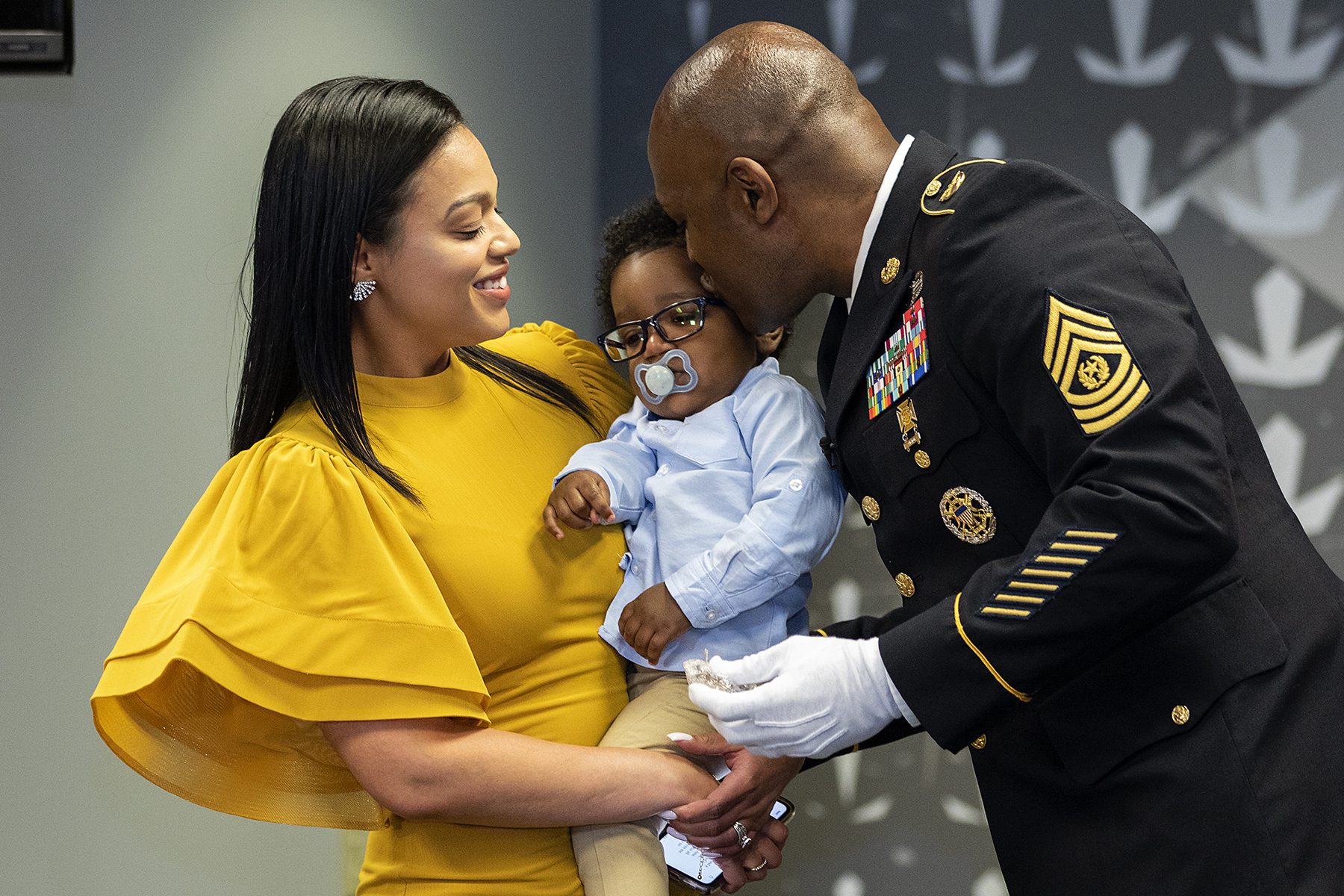Barbara O’Neill, Ph.D., CFP®, AFC®
Martie Gillen, Ph.D., MBA, AFC®, CFLE
Service providers, especially Personal Financial Managers, often have conversations with their clients about preparing their families for the future. The DoD Survivor Benefit Plan (SBP) is an important planning consideration for military families. Below are 9 key takeaways that Personal Financial Managers need to know.
- SBP Purpose- Military retired pay stops with the death of the retiree unless the SBP is elected. The SBP and RCSBP (Reserve component) allow military retirees to provide a portion of their retired pay (or future retired pay) to eligible survivors.
- Balancing Competing Risks– Without the SBP/RCSBP, military retirees risk leaving loved ones with insufficient income following their death. With this coverage, the risk is that survivors may not get back every cent paid in premiums.
- Life Expectancy– Actuarial factors differ from those used to project life expectancy for the general public. They are skewed toward male service members with female spouses because, in FY 2021, 91% of military retirees were male vs. 9% female.
- SBP Premium– SBP coverage is free to service members while on active duty. Upon retirement, they must decide whether or not to share the cost. The survivor benefit is flexible to meet service members’ needs and budgets and is 55% of a selected base amount ranging from $300 to full retired pay.
- SBP Election– Service members retiring under regular and medical retirement must make a SBP election prior to retirement. If no election is made, coverage in effect prior to retirement is continued. Spousal concurrence is required for married members electing to decline SBP, for child-only coverage that excludes the spouse, and for coverage less than the maximum base amount. SBP elections are generally irrevocable.
- SPB Election Categories– There are six choices: 1. Spouse only, 2. Spouse and child(ren), 3. Child(ren) only, 4. Former spouse only, 5. Former spouse and child(ren), and 6. Insurable interest. The latter is used by retirees without a spouse or children who may elect a relative more closely related than a cousin or qualified business associate. Not electing a spouse or children at retirement will close these SBP categories forever.
- Divorced Retirees- States have the right to consider military retired pay a marital asset subject to division in a divorce. As per the election categories above, a spouse and former spouse cannot be covered by SBP simultaneously.
- Paid-Up Provision– SBP is paid up when two things occur: 360 payments and reaching at least age 70. Thus, service members who enlist at age 18, retire at age 38, and make 30 years of payments by age 68 must make two extra years of payments.
- Change in Beneficiaries– If SBP beneficiaries change (e.g., birth, death, marriage, divorce) between SBP election and date of retirement, a new DD Form 2656 is required.
To further your understanding of the Survivor Benefit Plan tune into the webinar, Retirement Benefit Basics: The DoD Survivor Benefit Plan.
Additional information can be found on the DFAS webpage.
Photo by Mark R. W. Orders-Woempner on DVIDS













